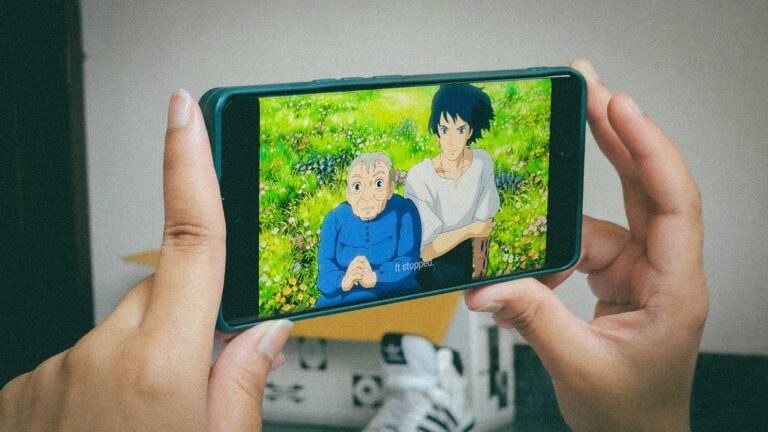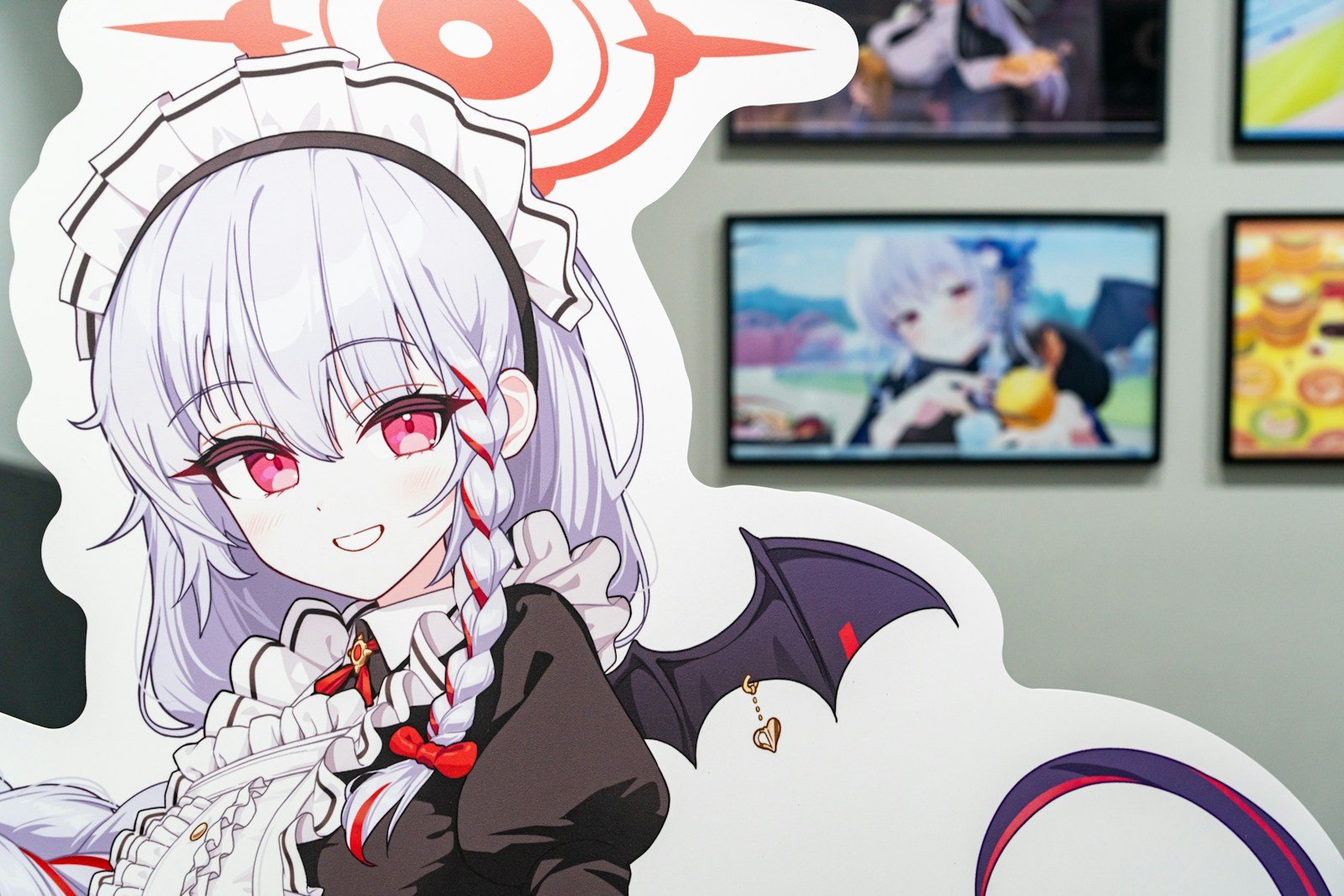Understanding animekai is essential for anyone looking to delve into the intricate world of anime culture. With a rich history and global influence, anime has become a significant cultural phenomenon. This article explores the origins, themes, and community that define animekai, offering a comprehensive look at how anime has evolved and impacted fans worldwide.
The Origins and Evolution of Anime Culture
Anime, a distinct form of animation originating in Japan, has roots tracing back to the early 20th century. The foundation of anime culture began with simple animations and short films, inspired by Western influences but quickly developing a unique Japanese flair. One of the earliest significant works was “Namakura Gatana” (1917), a short film that marked the beginning of anime’s distinct storytelling style. As the medium evolved, series like “Astro Boy” by Osamu Tezuka in the 1960s solidified anime’s identity, introducing reusable character designs and serialized narratives that became staples in anime production.
The evolution of anime culture continued through the late 20th century, marked by technological advancements and a burgeoning fanbase. The 1980s and 1990s were particularly transformative, with the introduction of genres such as mecha and cyberpunk. Pioneering studios like Studio Ghibli, founded by Hayao Miyazaki and Isao Takahata, elevated anime with films that combined intricate artwork with profound themes, appealing to both children and adults. This era saw anime gaining international attention, with series such as “Dragon Ball” and “Sailor Moon” captivating audiences worldwide.
In the 21st century, anime culture has exploded globally, aided by digital platforms and streaming services that make anime more accessible than ever. Modern anime often explores diverse themes and reflects contemporary societal issues, resonating with a broad audience. Today, anime’s influence extends beyond entertainment, permeating art, fashion, and technology, making it an integral part of global pop culture. Understanding animekai is crucial for appreciating how anime has shaped and been shaped by cultural and technological transformations over time.
Key Themes and Genres in Anime Storytelling
Anime storytelling is renowned for its rich, diverse themes and genres that cater to a wide range of audiences. One significant theme is the exploration of identity and self-discovery, often depicted through characters navigating complex emotions and personal challenges. Series like “Neon Genesis Evangelion” delve into psychological and philosophical issues, offering viewers a profound narrative experience. Similarly, “Your Name” explores themes of love and destiny through its compelling narrative and stunning visual artistry.
Another prevalent theme in anime is the struggle between good and evil, often portrayed through epic battles and moral dilemmas. Genres like shonen and seinen focus on heroism, friendship, and perseverance, as seen in popular series such as “Naruto” and “Attack on Titan.” These stories often incorporate elements of fantasy and science fiction, creating intricate worlds where characters must overcome formidable adversaries. The diversity in themes allows anime to transcend cultural barriers, attracting a global audience seeking both entertainment and introspection.
Furthermore, anime often addresses social and environmental issues, reflecting real-world concerns within fictional settings. Series like “Spirited Away” by Studio Ghibli examine environmental degradation and cultural identity, resonating with audiences worldwide. The slice-of-life genre, exemplified by anime like “Clannad,” offers a more introspective look at everyday experiences and relationships, emphasizing the beauty and complexity of ordinary life. Through its diverse genres and thematic depth, anime continues to captivate and inspire, showcasing the limitless potential of animated storytelling.
Influence of Anime on Global Pop Culture
The influence of anime on global pop culture cannot be overstated, as it has permeated various facets of entertainment and art. Anime’s distinct visual style, characterized by vibrant colors and expressive characters, has significantly impacted Western animation and comic book art. Series like “Pokémon” and “Dragon Ball Z” have become household names, inspiring countless adaptations and merchandise lines that appeal to audiences of all ages. The accessibility of anime through streaming platforms has further amplified its reach, making it a staple in the entertainment industry.
Beyond its impact on visual media, anime has influenced fashion, music, and even technology. Anime-inspired fashion trends, such as cosplay and Harajuku style, have gained international popularity, blending traditional Japanese aesthetics with modern influences. Music from anime soundtracks often garners critical acclaim and commercial success, with theme songs becoming chart-toppers worldwide. Additionally, anime’s futuristic themes and innovative designs have inspired technological advancements, influencing product design and user experience in various industries.
Anime has also fostered cross-cultural exchange, bridging gaps between Eastern and Western cultures. This cultural exchange has led to collaborations between Japanese and Western creators, resulting in unique projects that combine elements from both traditions. Anime conventions and events, held globally, further promote cultural understanding and appreciation, bringing together fans from diverse backgrounds. Through its profound influence on global pop culture, anime continues to inspire creativity and innovation across various domains, solidifying its place as a cultural powerhouse.
The Community and Events Surrounding Animekai
The community surrounding animekai is a vibrant and diverse tapestry of fans, creators, and enthusiasts who share a passion for anime. Online forums and social media platforms have become essential spaces for discussion and collaboration, where fans analyze episodes, share fan art, and engage in lively debates. This online presence fosters a global community that transcends geographical boundaries, allowing fans to connect and share their love for anime regardless of location.
In addition to online communities, anime conventions and events play a crucial role in animekai, offering fans opportunities to immerse themselves in the culture. Events like Anime Expo in Los Angeles and Comiket in Tokyo attract thousands of attendees, featuring panels, screenings, and workshops. These gatherings provide a platform for fans to meet creators, voice actors, and industry professionals, offering insights into the production and creative processes behind their favorite series. Cosplay, an integral aspect of anime conventions, allows fans to express their creativity by dressing as their favorite characters, adding to the vibrant atmosphere of these events.
Animekai is also characterized by its inclusivity and diversity, embracing fans from various backgrounds and walks of life. Many anime series address themes of acceptance and understanding, resonating with marginalized communities and fostering a sense of belonging. The supportive environment within anime communities encourages collaboration and creativity, allowing individuals to share their unique perspectives and talents. Through its dynamic events and inclusive spirit, animekai continues to thrive, celebrating the rich cultural heritage and innovative storytelling that define anime.
Understanding animekai involves appreciating the intricate tapestry of history, themes, global influence, and community that define anime culture. As anime continues to evolve and expand its reach, it remains a powerful medium for storytelling and cultural exchange. By delving into the origins, themes, and vibrant community surrounding anime, enthusiasts and newcomers alike can gain a deeper appreciation for this dynamic and influential art form.



0 Comments